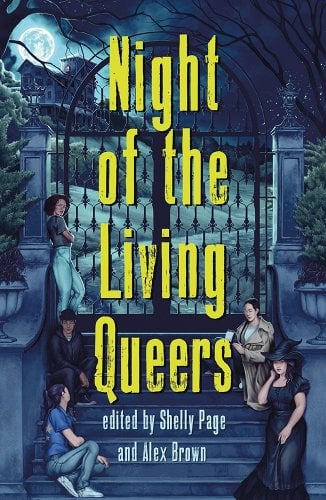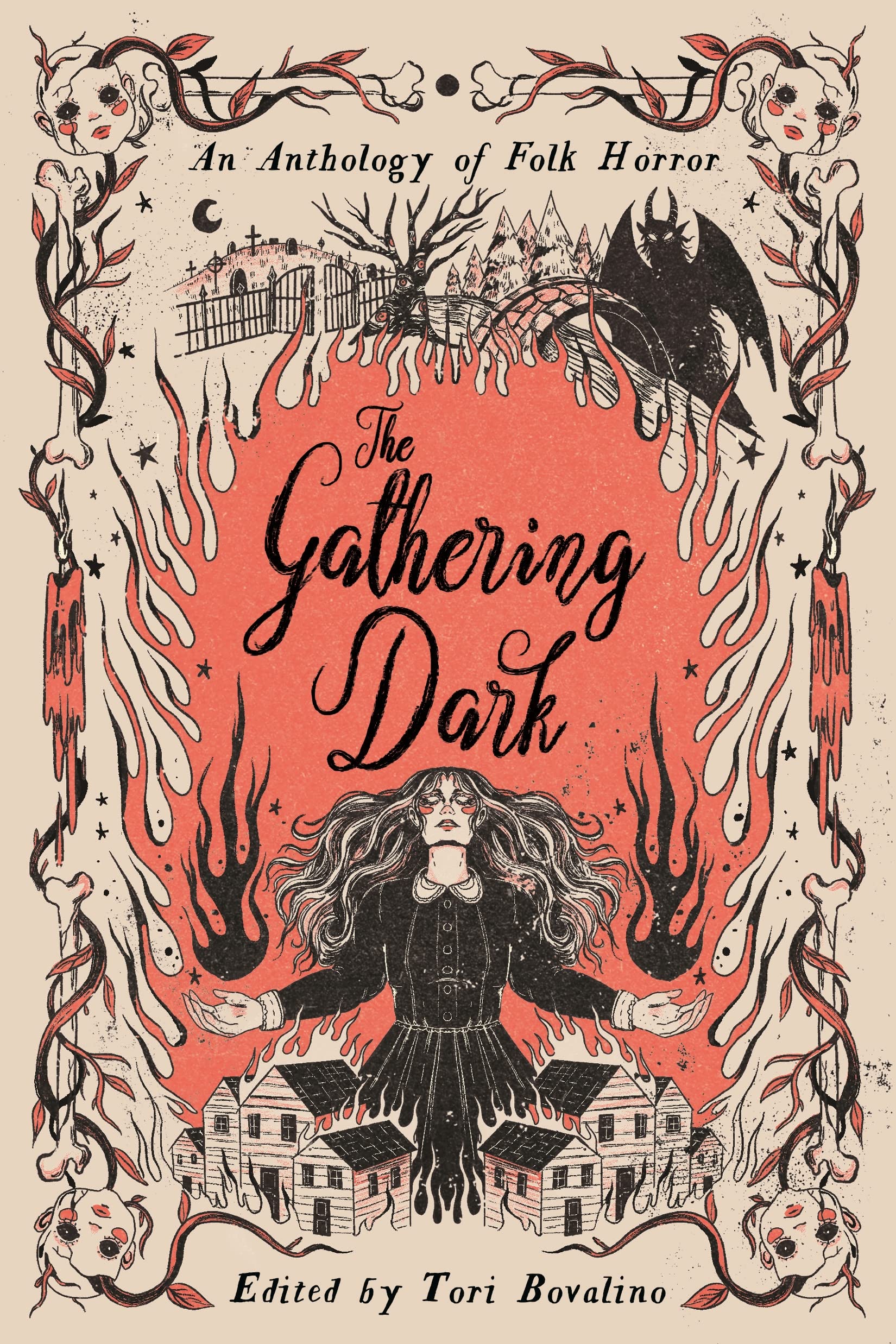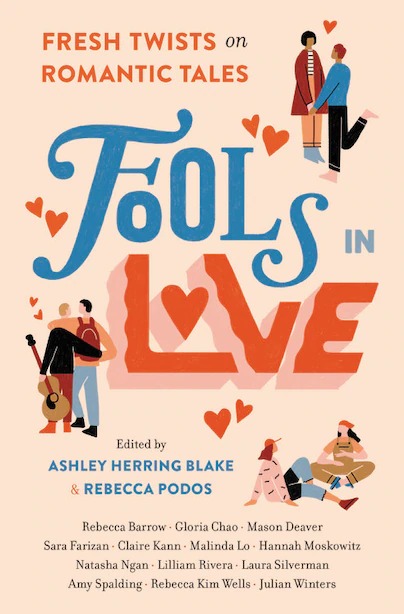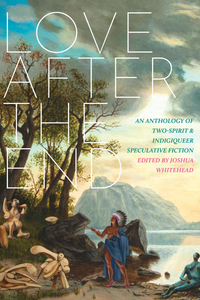Recently, a nonprofit in Massachusetts put out an exclusively queer book collection on Libby called the Queer Liberation Library (also known as QLL). Their mission is simple: by providing queer people with diversity-focused literature and resources, QLL is building a future that is undeniably queer. This collection of e-materials is available to anyone with an email address,Read More
Creating Utopia in Love After the End edited by Joshua Whitehead
“Tomorrow will be kinder,” I whisper as I am swept into the rushing river of my dreams. —”The Ark of the Turtle’s Back” by jaye simpson Love After the End: An Anthology of Two-Spirit and Indigiqueer Speculative Fiction, edited by Joshua Whitehead, is a follow up to the anthology Love Beyond Body, Space, and Time. TheseRead More
10 Sapphic YA Horror Books to Read In October
With fall finally here, you might be looking for some spooky books to read in October and to get you in the perfect eerie mood. Featuring ghosts, aliens, demons, and zombies, these books are a great way to get in touch with your sinister side and prepare yourself for the best night of the year:Read More
Til reviews The Gathering Dark edited by Tori Bovalino
Amazon Affiliate Link | Bookshop.org Affiliate Link The Gathering Dark is a collection of folk horror short stories. I went into this book expecting the folk horror short stories. The queerness of those stories came as a delightful surprise. I will own outright that whether or not this counts as a sapphic read is debatable. To me,Read More
Susan reviews Alone in Space by Tillie Walden
Amazon Affiliate Link | Bookshop.org Affiliate Link Alone in Space is a collection of short comics and standalone pieces by Tillie Walden. Some of the pieces have already been released as graphic novels, so they might be familiar to you already. “The End of Summer” A royal family and their servants lock themselves away toRead More
Maggie reviews Queer Little Nightmares edited by David Ly and Daniel Zomparelli
Amazon Affiliate Link | Bookshop.org Affiliate Link Queer Little Nightmares, an anthology edited by David Ly and Daniel Zomparelli is a fun and sometimes terrifying collection of queer horror writing. The Lesbrary was provided with a review copy, and I was more than happy to spend time with this collection. Queer Little Nightmares let writers experiment withRead More
Danika reviews Fools In Love: Fresh Twists on Romantic Tales edited by Rebecca Podos and Ashley Herring Blake
Amazon Affiliate Link | Bookshop.org Affiliate Link What I love about this collection is that nowhere on it does it say it’s a specifically LGBTQ anthology, but if you read sapphic YA, you’ll recognize those two editors and know you’re in for a treat. This is a collection of stories from fantastic YA authors (RebeccaRead More
Sash H reviews Meanwhile, Elsewhere: Science Fiction and Fantasy from Transgender Writers edited by Cat Fitzpatrick and Casey Plett
Science fiction shows us worlds of great technological advances and sweeping social changes. It shows us worlds similar to ours where a few fundamentals have changed, or lands beyond the stars vastly different to our own. But it does not always show us what it is like to be trans or queer in those worlds.Read More
Kayla Bell reviews Unspeakable: A Queer Gothic Anthology edited by Celine Frohn
Gothic fiction is my jam. I love the slowly building sense of dread that is the cornerstone of the genre. If I could have the job of any fictional character, it would be the creepy groundskeeper of the haunted manors in gothic ghost stories. I also (as you can imagine from me writing for thisRead More
Danika reviews Love after the End edited by Joshua Whitehead
Love after the End: An Anthology of Two-Spirit & Indigiqueer Speculative Fiction edited by Joshua Whitehead is a collection of science fiction and fantasy short stories by Indigenous authors. It’s edited and introduced by Joshua Whitehead, the author of Jonny Appleseed and full-metal indigiqueer. In that introduction, Whitehead reflects on the intersection between Indigeneity and queerness:Read More
- 1
- 2
- 3
- …
- 5
- Next Page »





